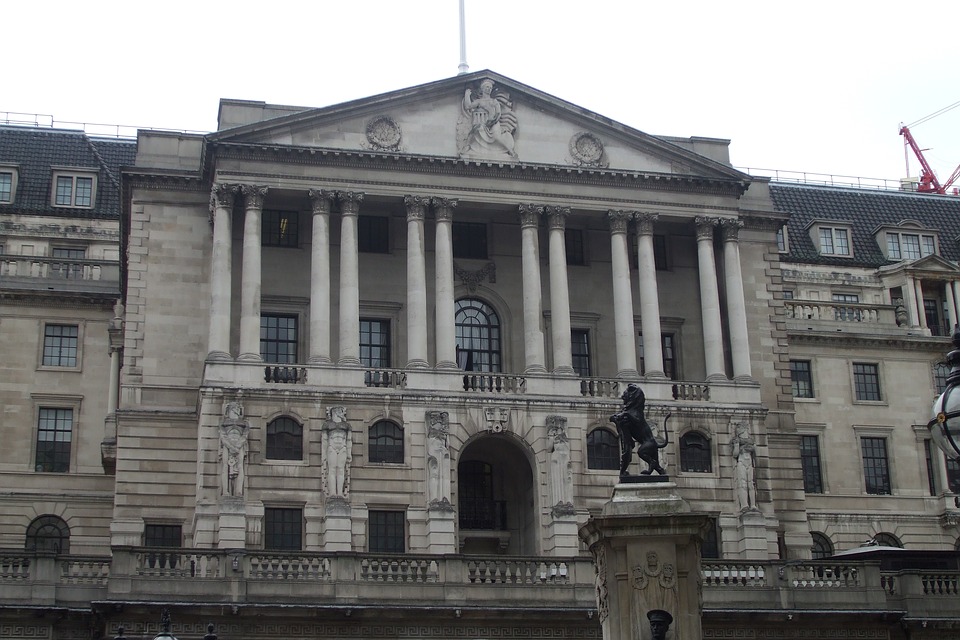WITH the lovely weather we’ve had so far this summer, more of us are choosing to spend our holidays in Northern Ireland. Some may even consider the idea of buying a second property for personal use as a holiday or weekend home, providing an escape to the coast or countryside whenever the mood takes them.
It is estimated that around one in ten UK adults, over 5 million people, own a second home with this type of property ownership up 30 per cent since 2000. And despite the sharp rise in stamp duty introduced in 2016 to discourage those buying second homes in England, Wales and Northern Ireland, it is an investment many still see as worth making.
There are a number of reasons why people might decide on such a purchase, of course, not just for holidays. You might buy-to-let as a tangible investment for your future, opting to use rental income to augment your pension in retirement. Alternatively you might buy purely for financial reasons, to renovate and sell, making a profit before reinvesting again elsewhere.
Regardless of your motive, if you’re thinking about buying a second home it’s important to weigh up the potential risks and benefits. We don’t have enough space to cover it all in this article but the following should provide some food for thought:
If a second home can be afforded then it is undoubtedly an interesting and attractive venture, however owners are often unaware of the potential legal implications and associated problems of owning a second home. For example, when purchasing a second home, the owner will need to carefully consider the tax implications.
The 3 per cent Stamp Duty Land Tax (SDLT) surcharge is payable by anyone who is buying an additional residential property for £40,000 or more. This could mean a holiday home, buy-to-let or even a main residence you plan to live in. Even if you already own just a share in another property, it will count so long as the share is worth £40,000 or more. So, for example, if you are buying a second home with a purchase price of £150,000, just the 3 per cent surcharge alone equates to £4,500 – this is in addition to the regular stamp duty on the property.
The very nature of second homes means that they will often be left unoccupied for long parts of the year. Owners may wish to rent the property out for periods of time in order to maximise their income. This can lead to the creation of a Landlord and Tenant relationship, which may give rise to a number of complicated legal issues. The owner also needs to carefully consider the issue of insurance for the second home both when using it himself and when renting it out.
Not everyone may have the funds to invest in a holiday home on their own. The alternative option is to group together with family and friends and purchase a property as a shared/group venture. This not only reduces the cost of owning a second property, but also means you have somewhere that you can all enjoy visiting together. In such cases there is a necessity to be clear from the start about each party’s expectations and all financial and legal arrangements should be set out in writing.
Purchasing a second home abroad also remains a popular option. In terms of buying abroad, purchasers need to carefully consider whether they are tying their money up in something that may prove very difficult to sell should they later need access to the funds.
If you are considering buying a second home, my biggest piece of advice would be to do your homework in advance – if you are clear as to your reasons for buying it along with the significant financial and legal ramifications of such a purchase, then it can prove an extremely rewarding, both emotionally and financially, experience.
Source: Irish News









